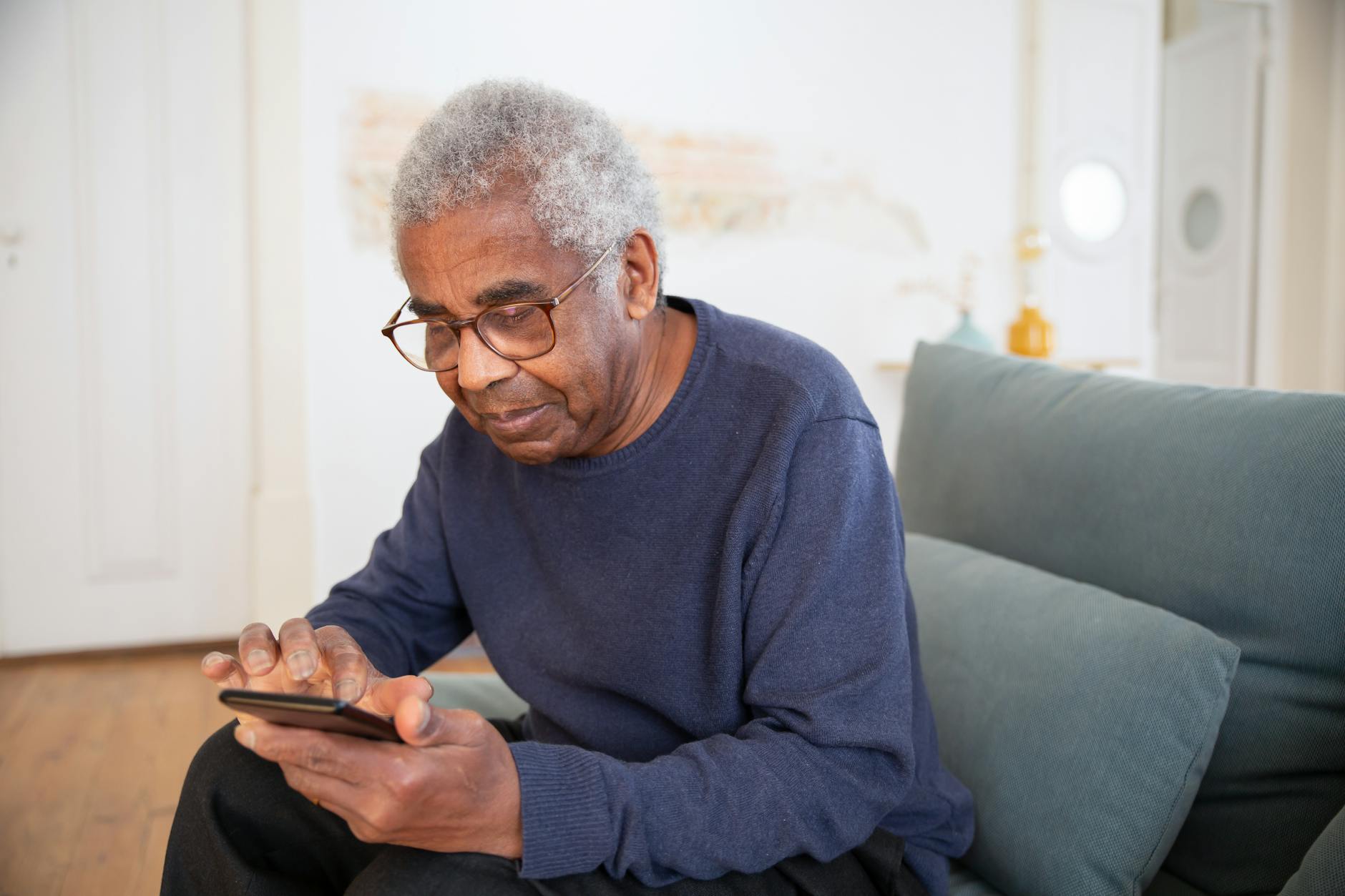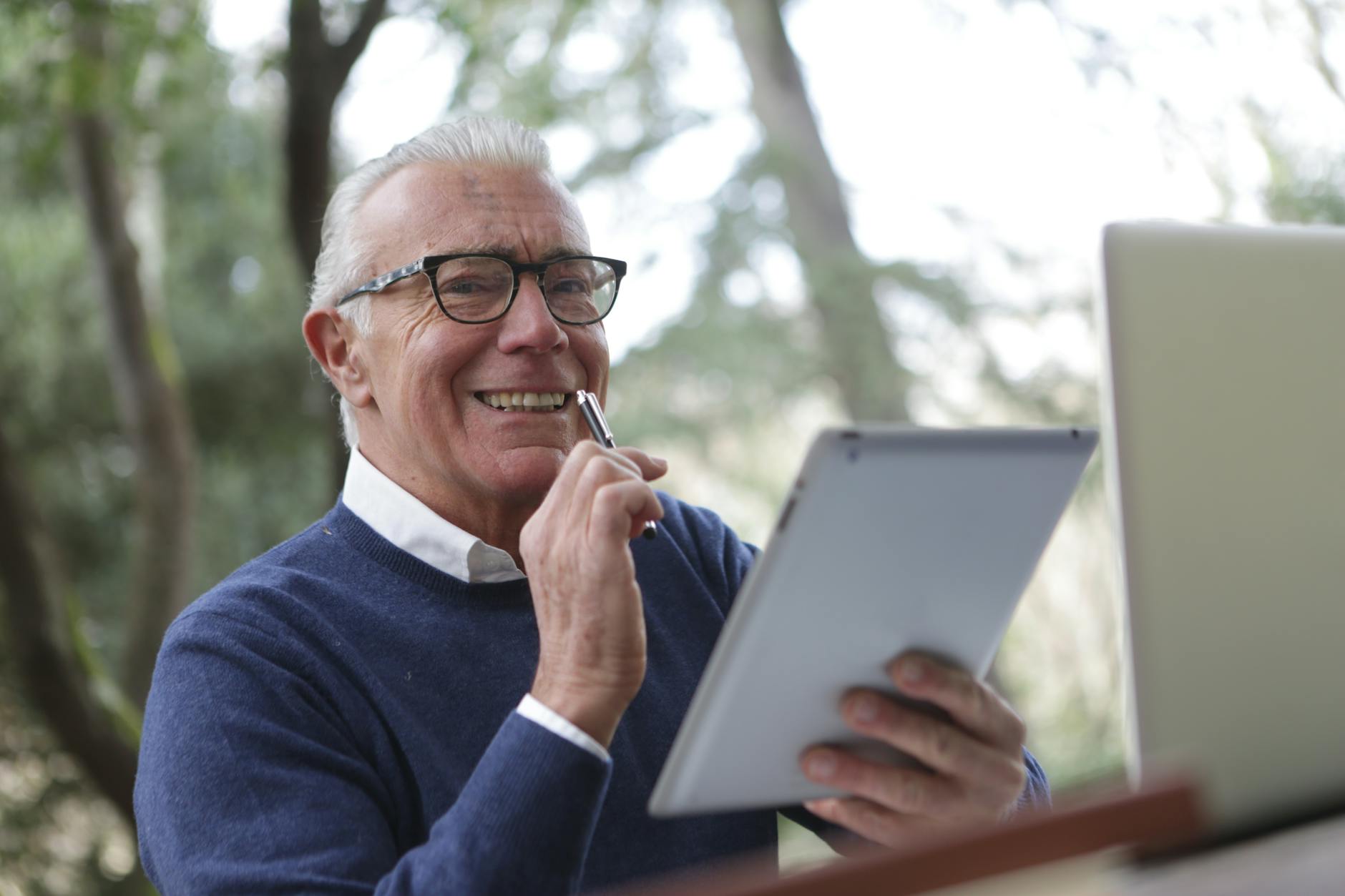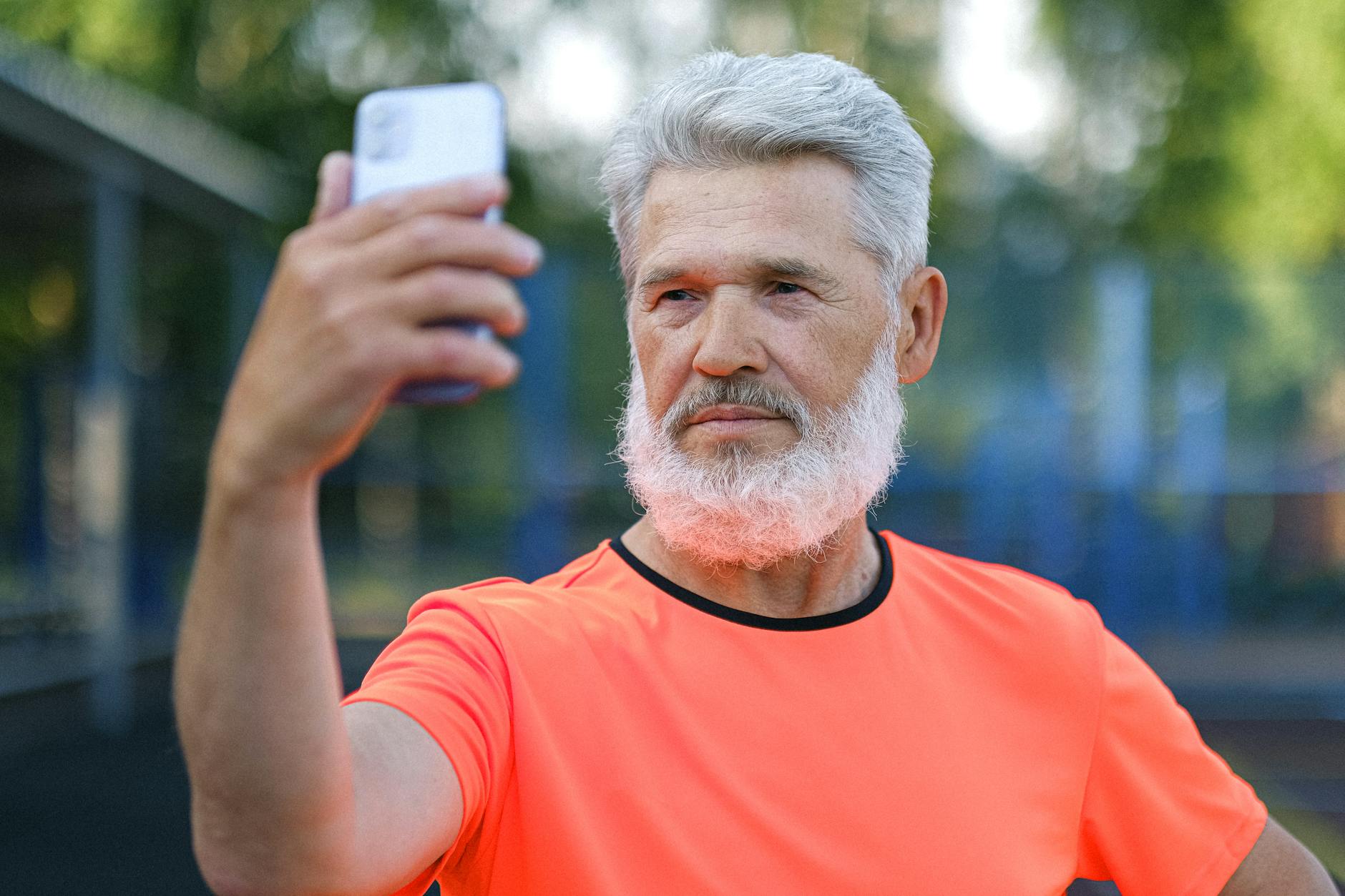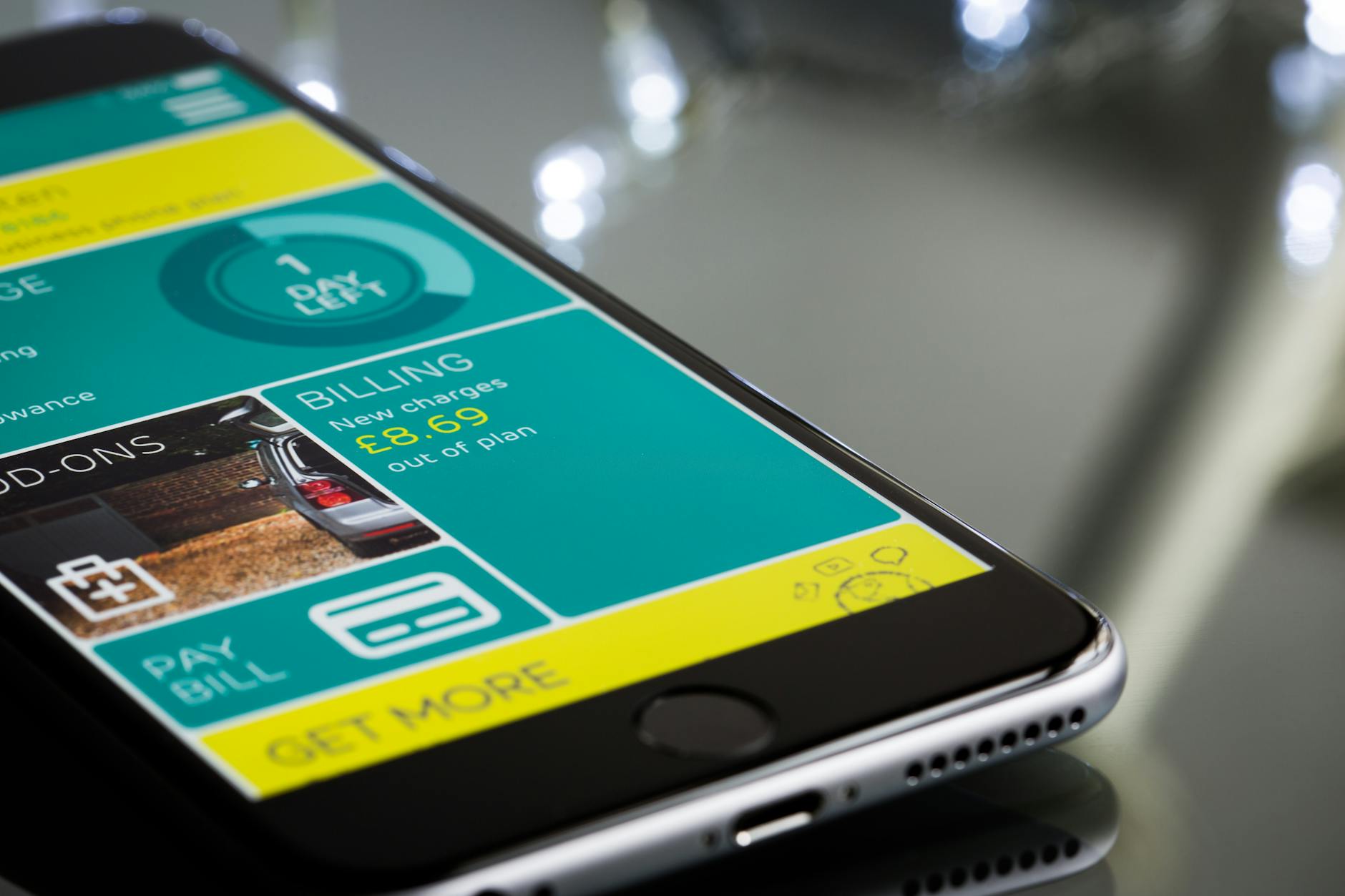In today’s digital age, smartphones have become an essential part of our lives, offering us a wide range of functionalities and features. These devices have revolutionized the way we communicate, access information, and perform various tasks. But, beyond their impact on the general population, smartphones have also made a significant difference in the lives of the elderly and those with disabilities. Let’s explore how smartphones support the elderly and those with disabilities, enabling them to live more independent and connected lives.
Enhanced Communication
One of the most crucial aspects of smartphones is their ability to facilitate communication. With features like voice calls, video calls, and messaging, smartphones have bridged the gap between people, especially the elderly and those with disabilities who may have difficulty traveling or face mobility issues. These communication tools allow them to stay in touch with friends, family, and caregivers, reducing feelings of isolation and loneliness.
Assistive Technologies and Accessibility Features
Smartphones come equipped with various accessibility features designed to cater to the needs of the elderly and those with disabilities. These include:
a. Text-to-speech and speech-to-text. Smartphones can convert written text into spoken words and vice versa, making it easier for individuals with visual or hearing impairments to communicate and access information.
b. Larger fonts and high contrast modes. These features allow users with visual impairments to adjust the size and color of text on their screens, making it easier to read and navigate their devices.
c. Hearing aid compatibility. Many smartphones are designed to work seamlessly with hearing aids, ensuring clear audio and better communication for the hearing-impaired.
d. Voice commands and dictation. Smartphones enable users to control their devices and perform tasks using their voice, making it easier for individuals with mobility or dexterity issues to interact with their devices.
Health and Wellness Apps
Smartphones have become a valuable tool for managing health and wellness, with a wide range of health-related apps available. These apps can help the elderly and those with disabilities monitor their health, manage medications, and track their daily activities. Some popular health apps include:
a. Medication reminders. These apps send notifications to remind users when it’s time to take their medications, ensuring adherence to prescribed treatment plans.
b. Activity trackers. Smartphones can track daily activities like steps taken, distance covered, and calories burned, motivating users to stay active and maintain a healthy lifestyle.
c. Health monitoring. Smartphones can be paired with various health monitoring devices like blood pressure monitors, glucose meters, and heart rate sensors, allowing users to track and manage their health more effectively.
Emergency Response and Safety Features
Smartphones come equipped with several safety features that can be life-saving for the elderly and those with disabilities. These include:
a. Emergency call buttons. Many smartphones have a dedicated button for emergency calls, allowing users to quickly contact emergency services in case of an accident or medical emergency.
b. Location tracking. Smartphones can track a user’s location, enabling caregivers and loved ones to monitor their whereabouts and ensure their safety.
c. Fall detection. Some advanced smartwatches and fitness trackers can detect falls and automatically alert emergency contacts or emergency services if the user doesn’t respond.
Entertainment and Education
Smartphones offer a wealth of entertainment and educational content, keeping the elderly and those with disabilities engaged and stimulated. They can access a vast array of books, movies, music, podcasts, and educational resources, promoting mental well-being and cognitive health.
Financial Management and Online Shopping
Smartphones have revolutionized the way we manage our finances and shop for goods and services. With mobile banking apps and online shopping, the elderly and those with disabilities can conveniently handle their finances and purchase essential items. This means, without the need for physical visits to banks or stores.
Smartphones have undoubtedly made a significant impact on the lives of the elderly and those with disabilities. They offer enhanced communication, accessibility features, health and wellness apps, safety features, entertainment, and financial management tools. Smartphones have empowered these individuals to live more independent and connected lives. As technology continues to evolve, we can expect even more innovative solutions tailored to the unique needs of this population.







1 thought on “How Smartphones Support the Elderly and those with Disabilities”
Pingback: What You Should Know About Wearable Technology for Seniors